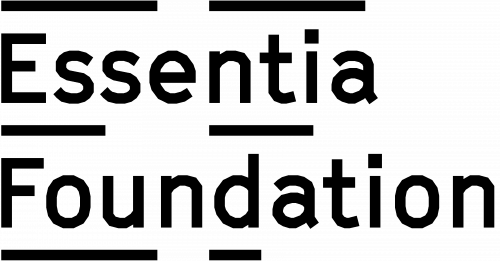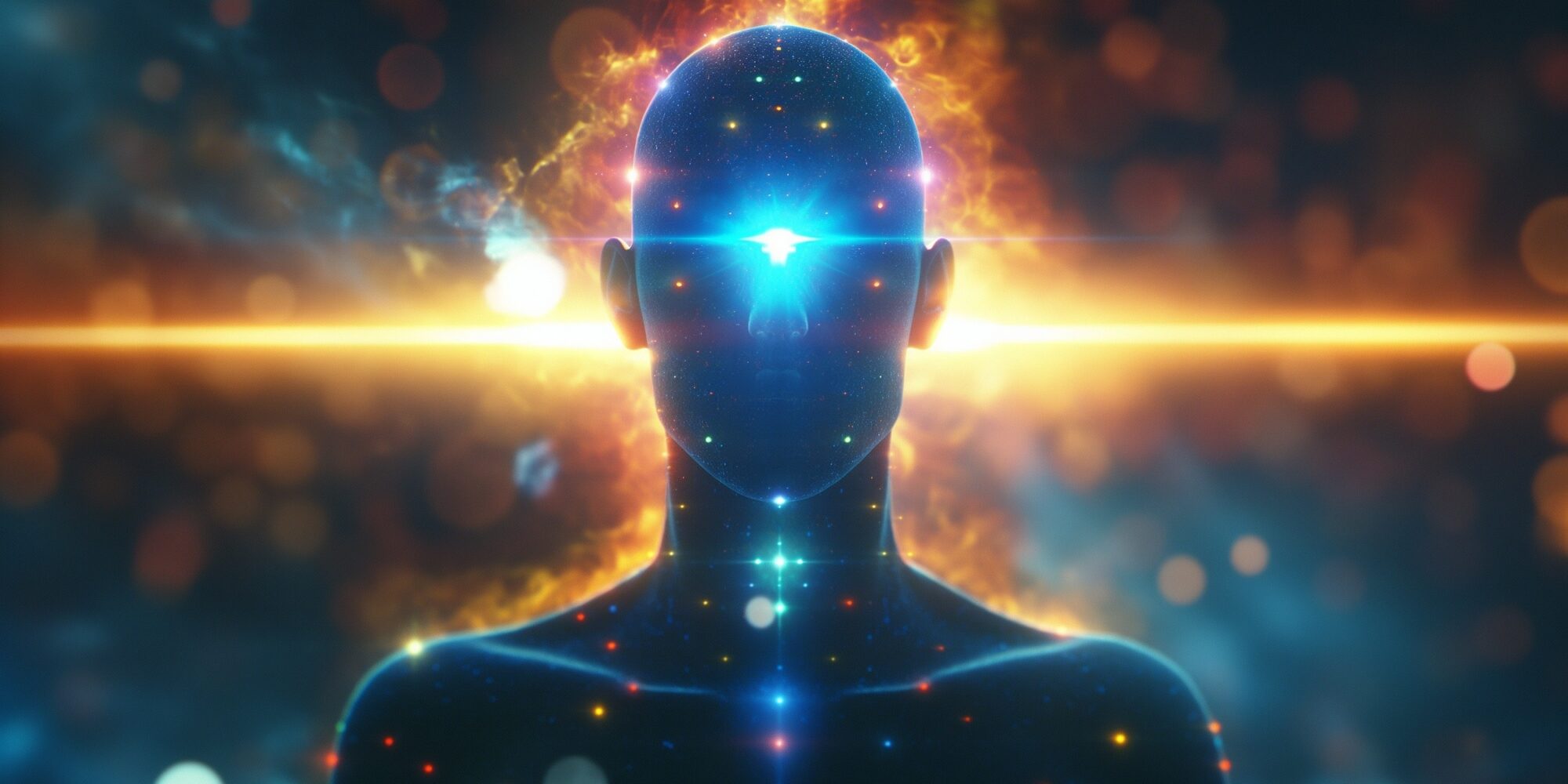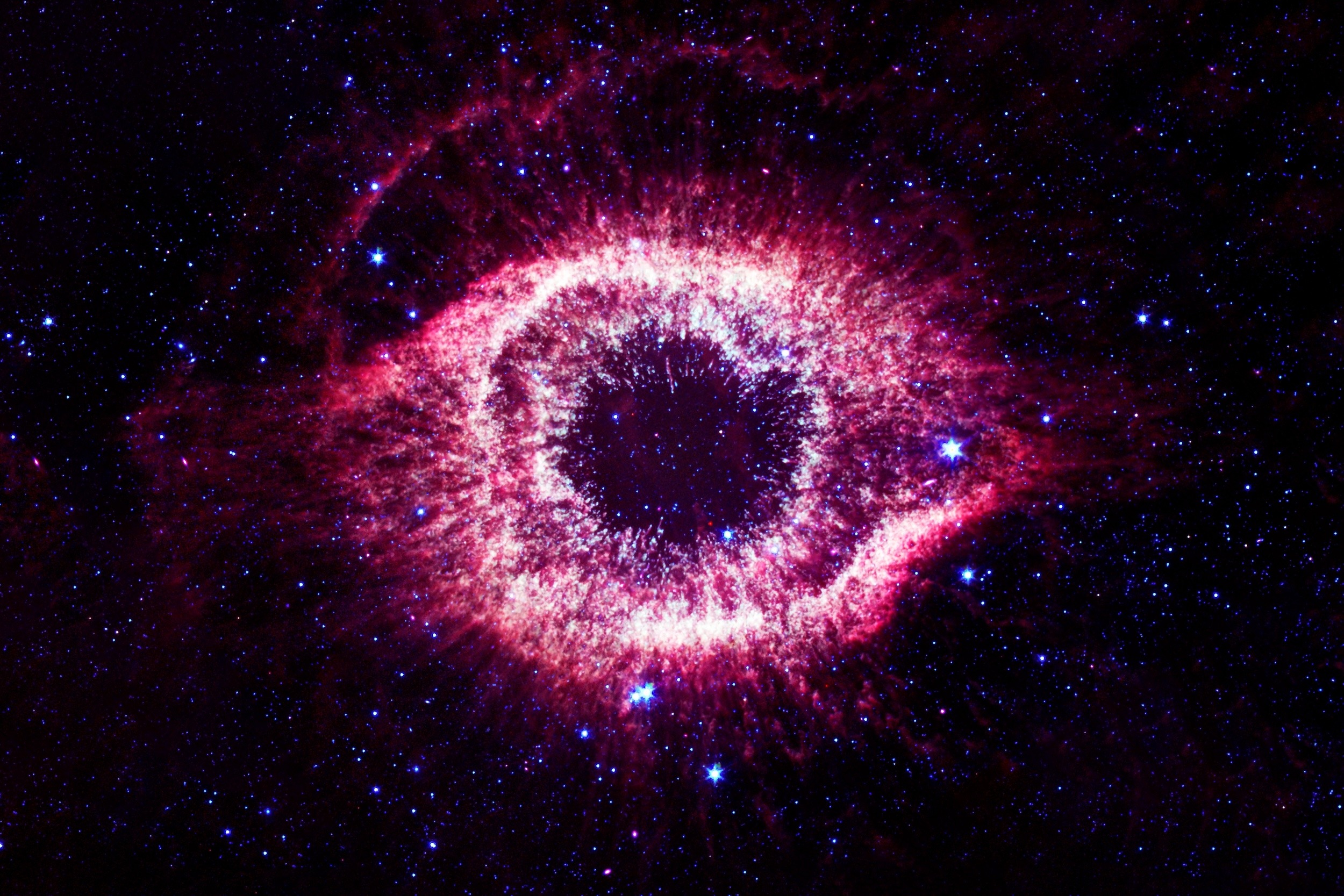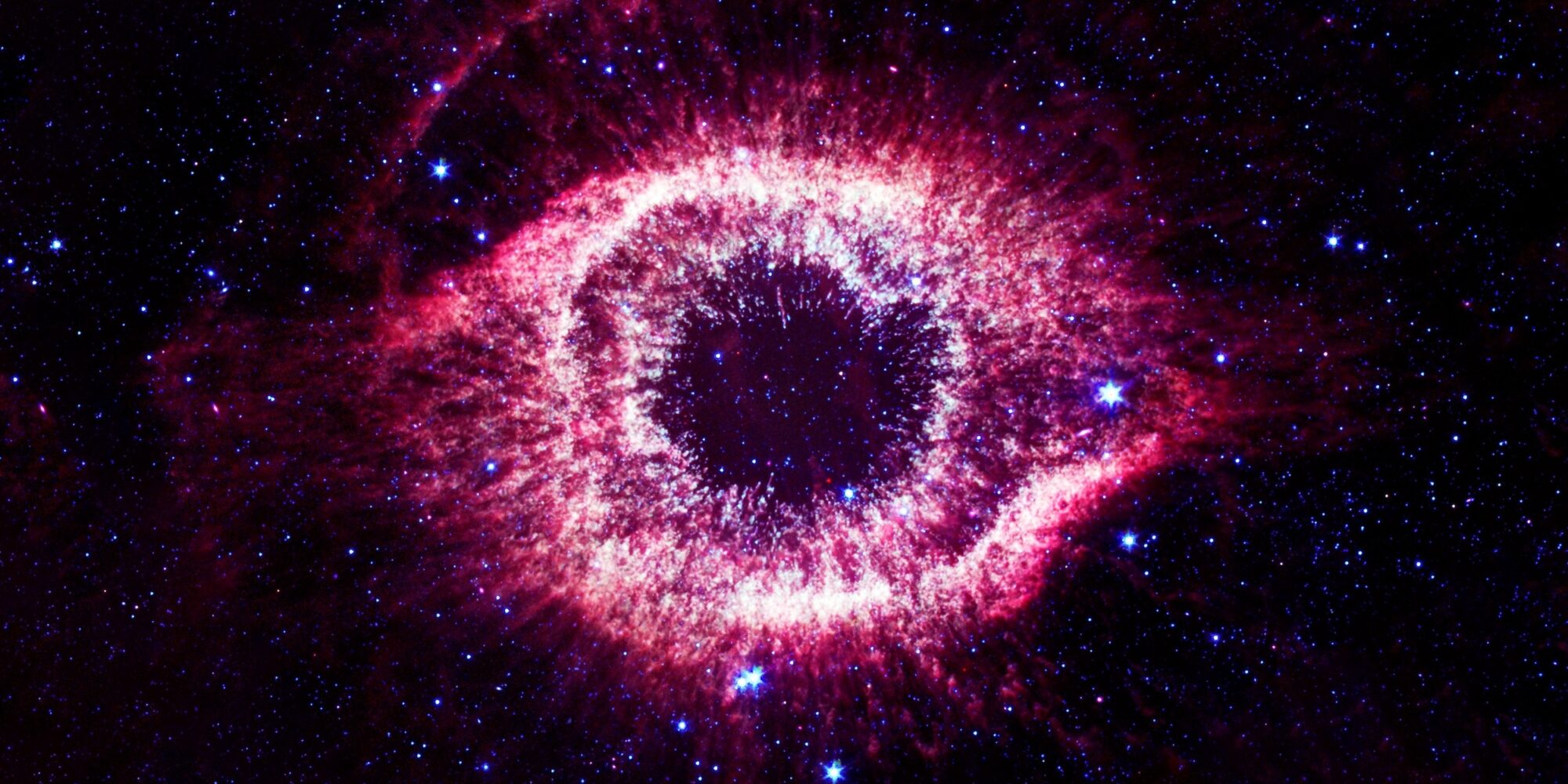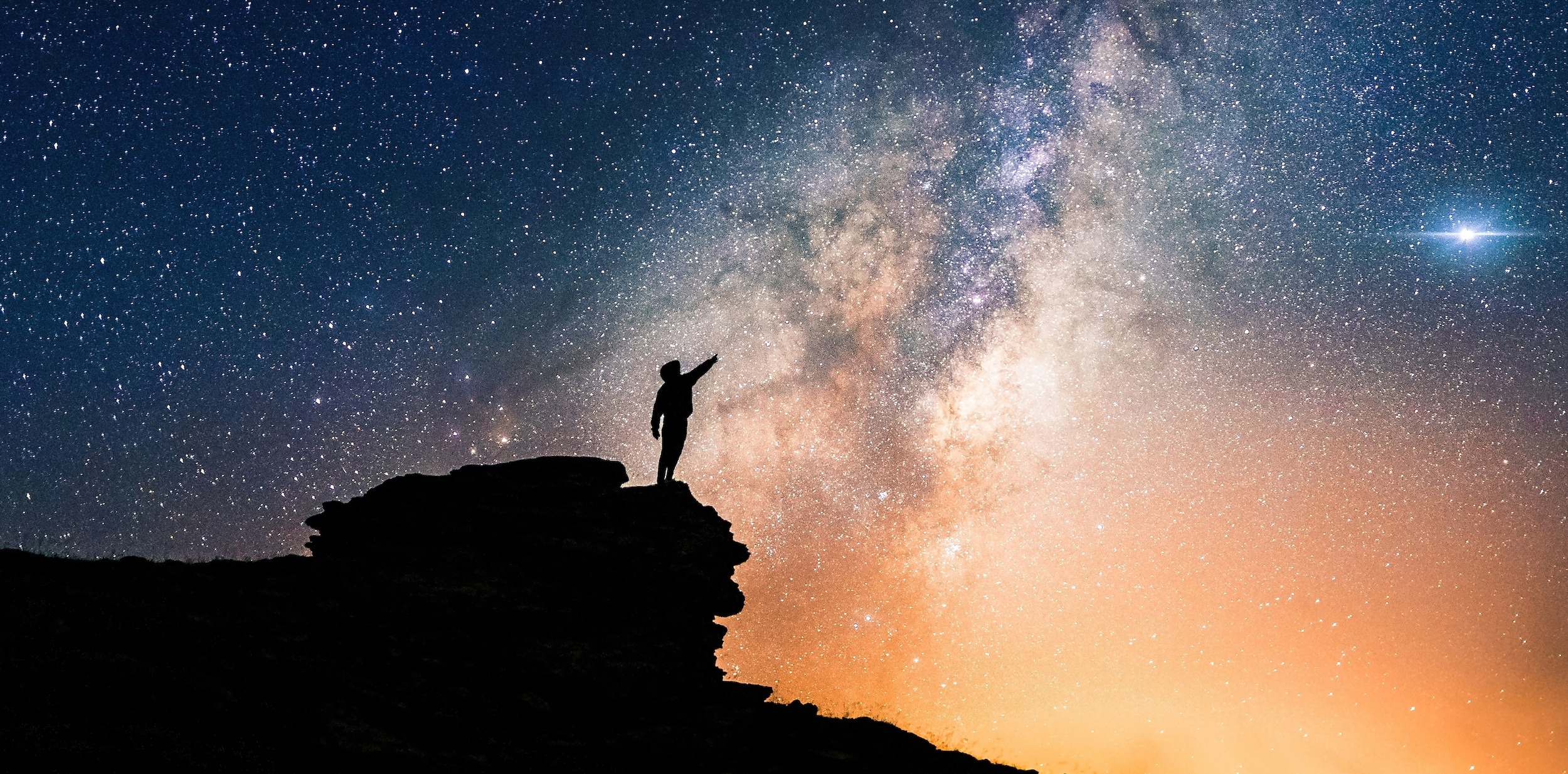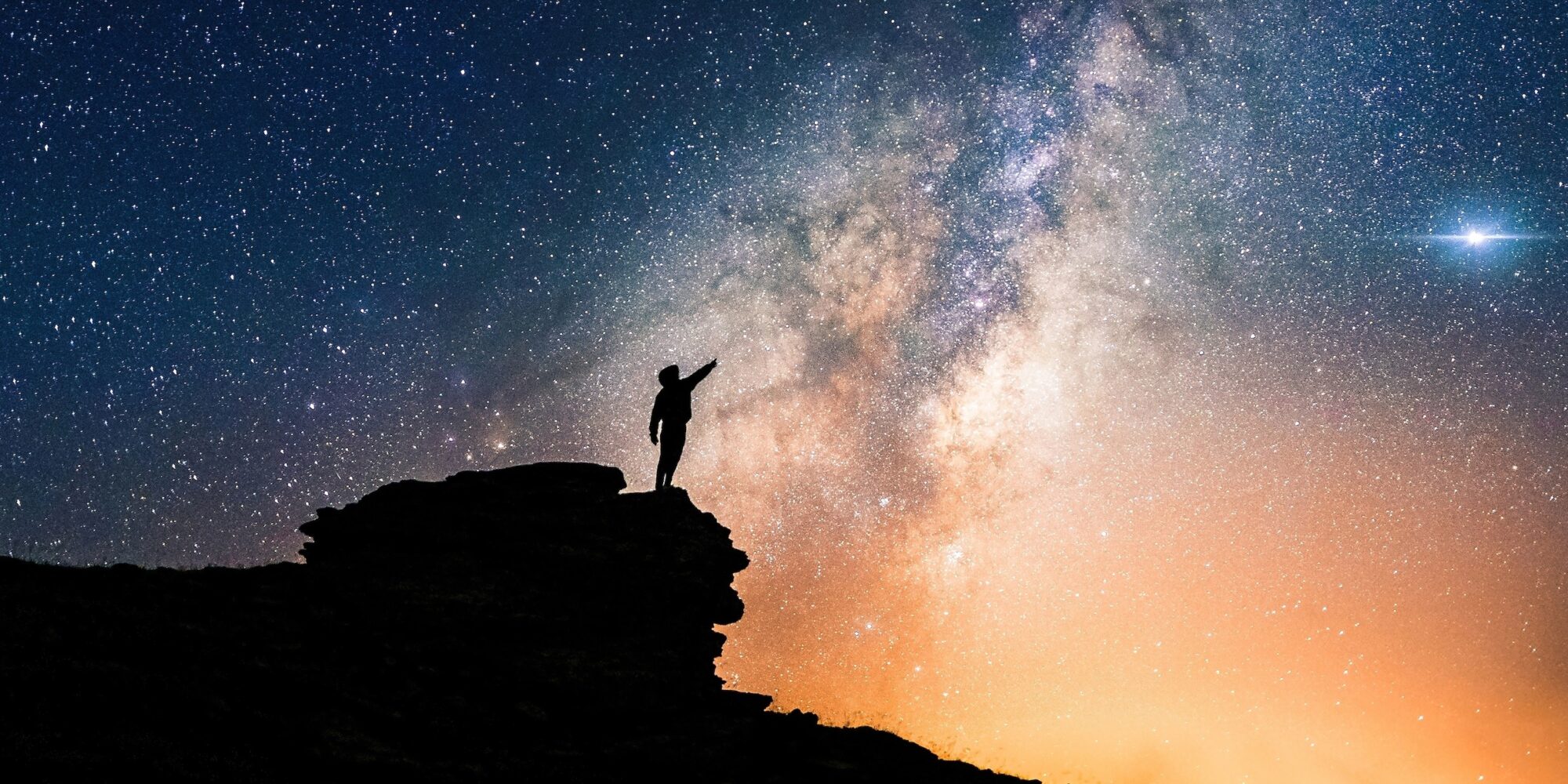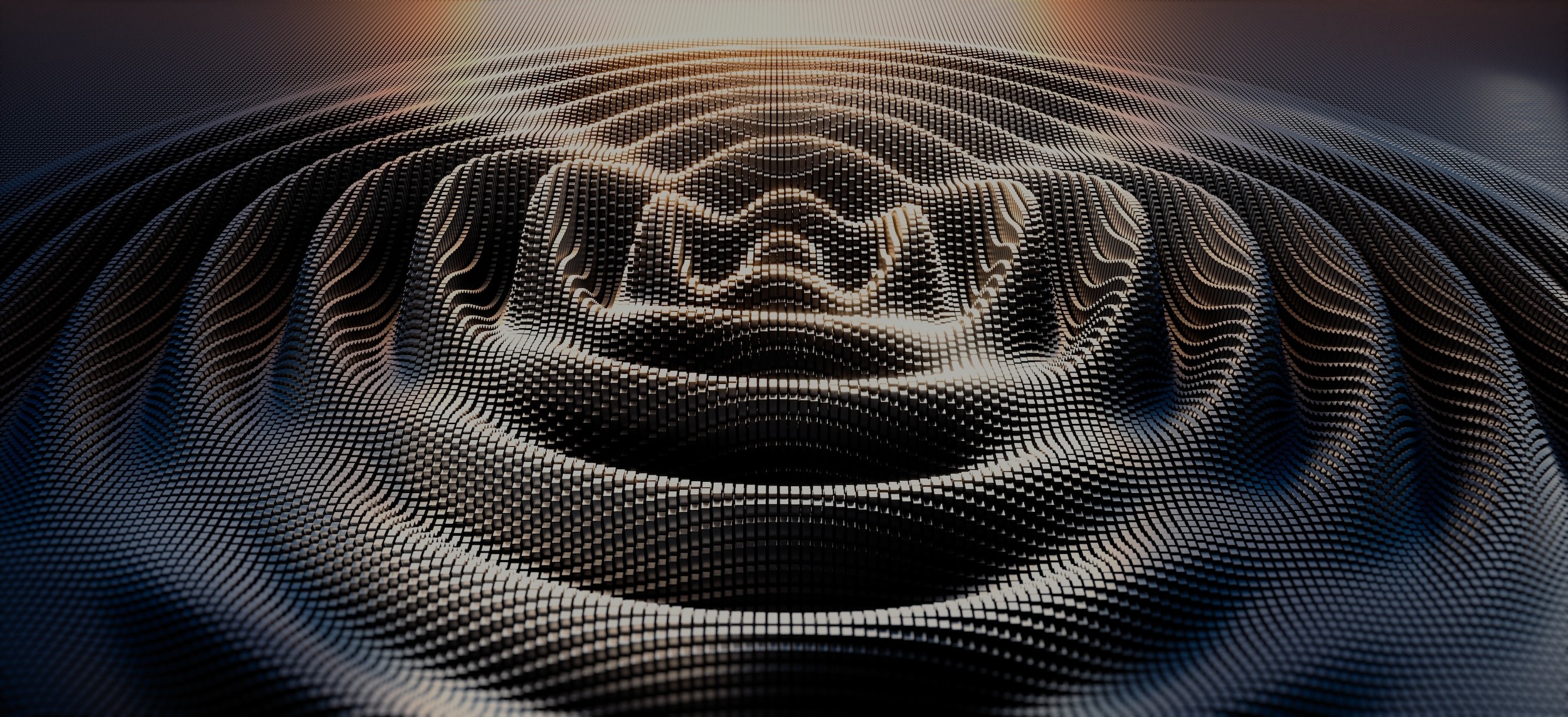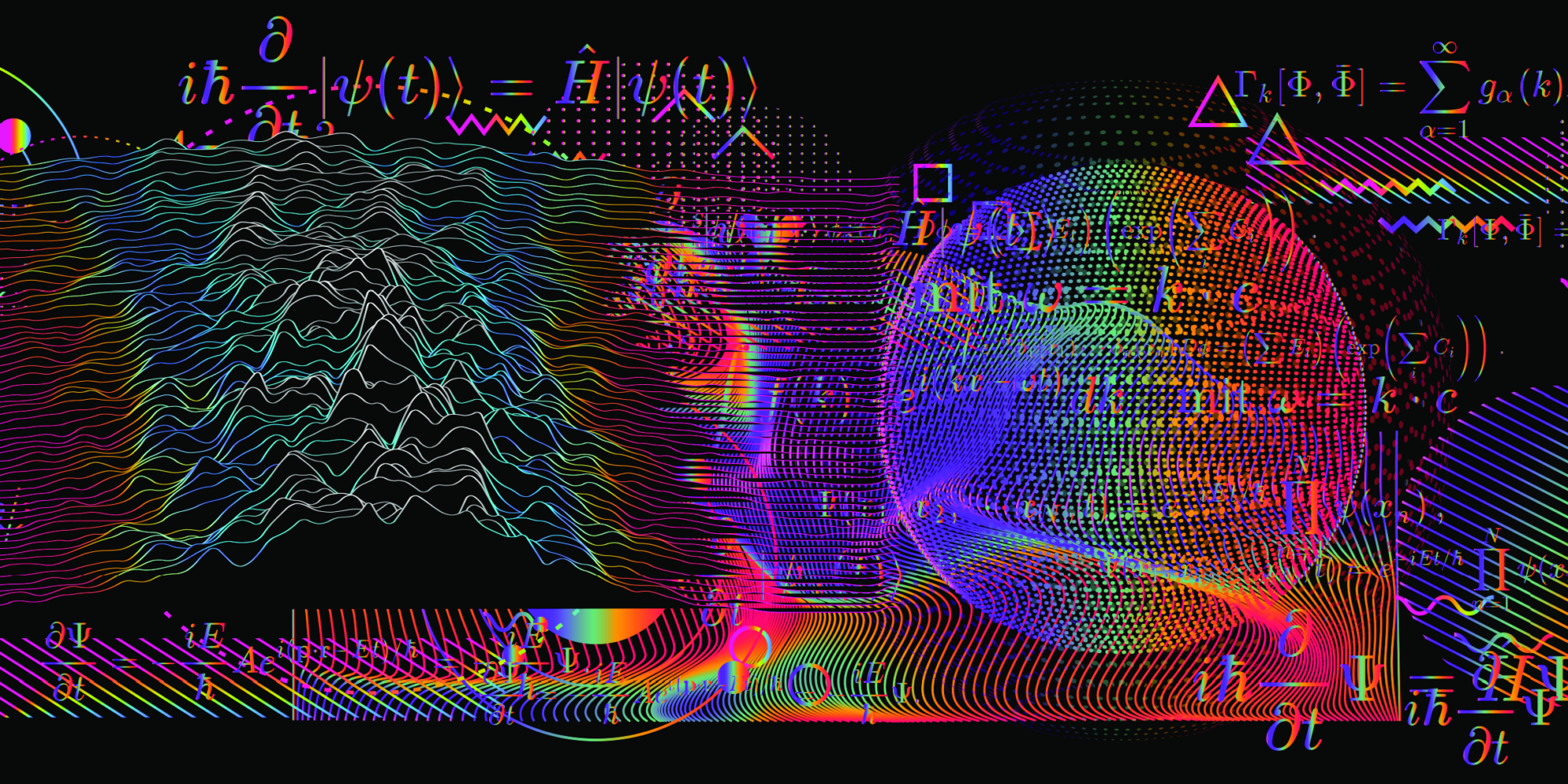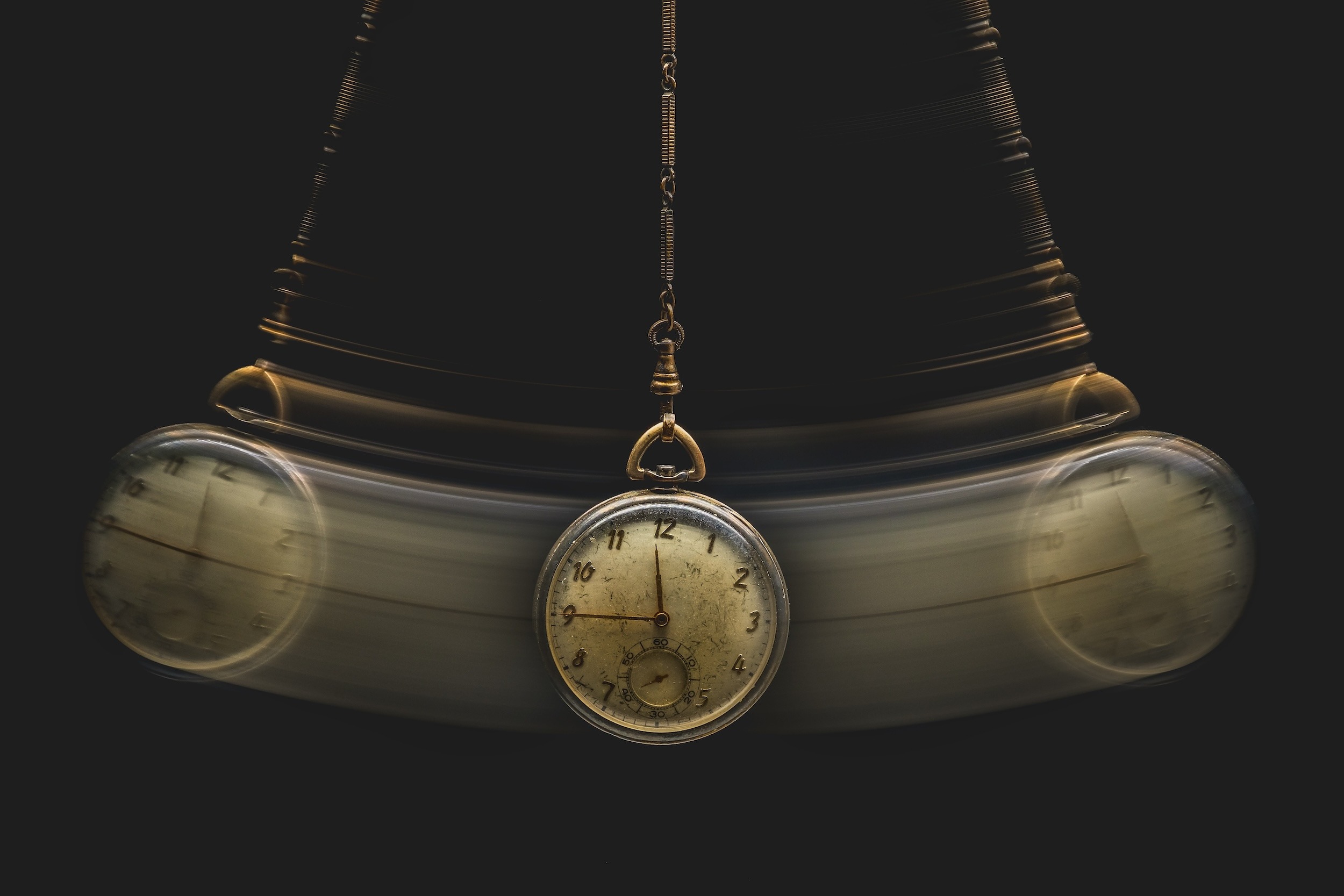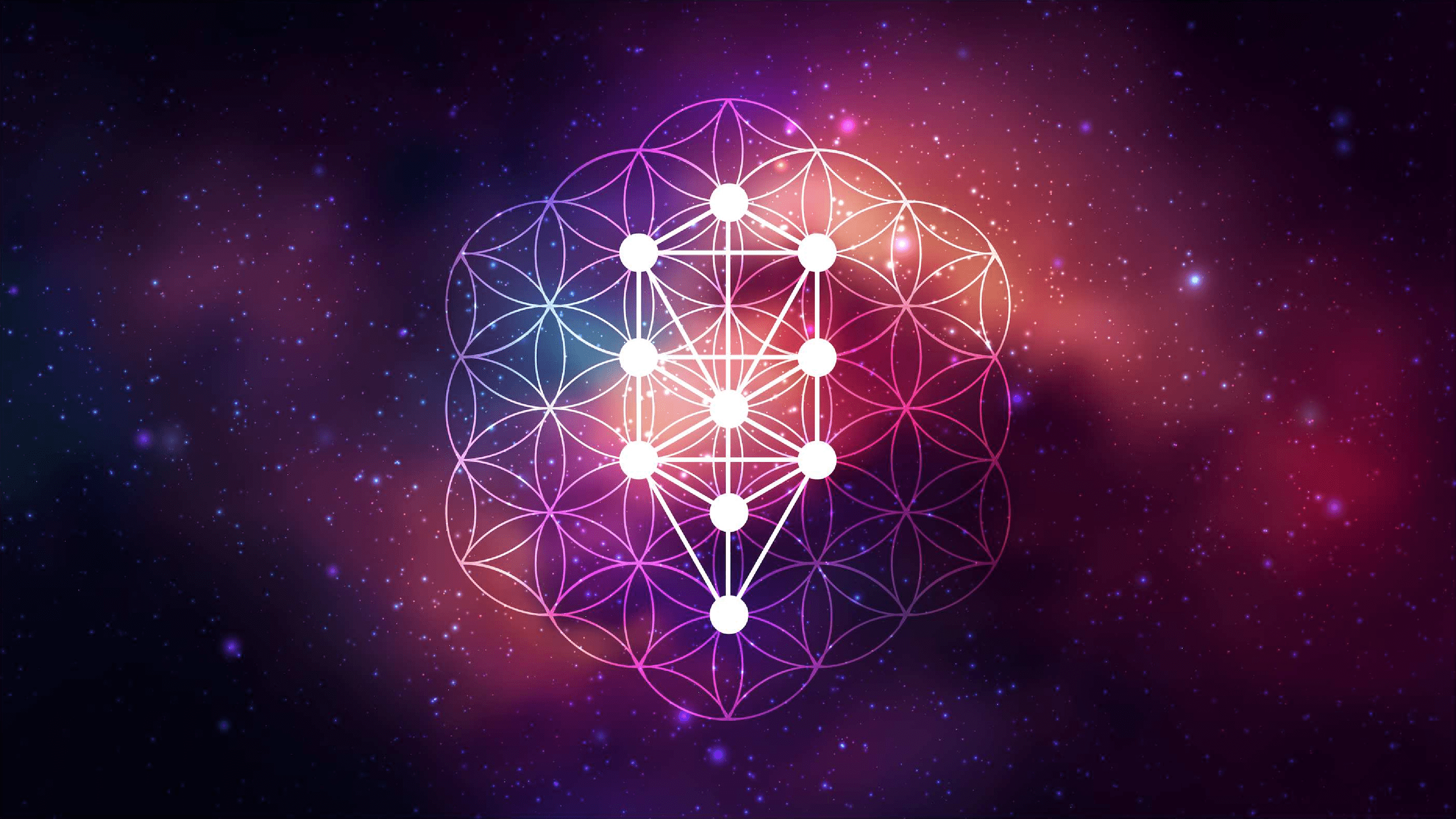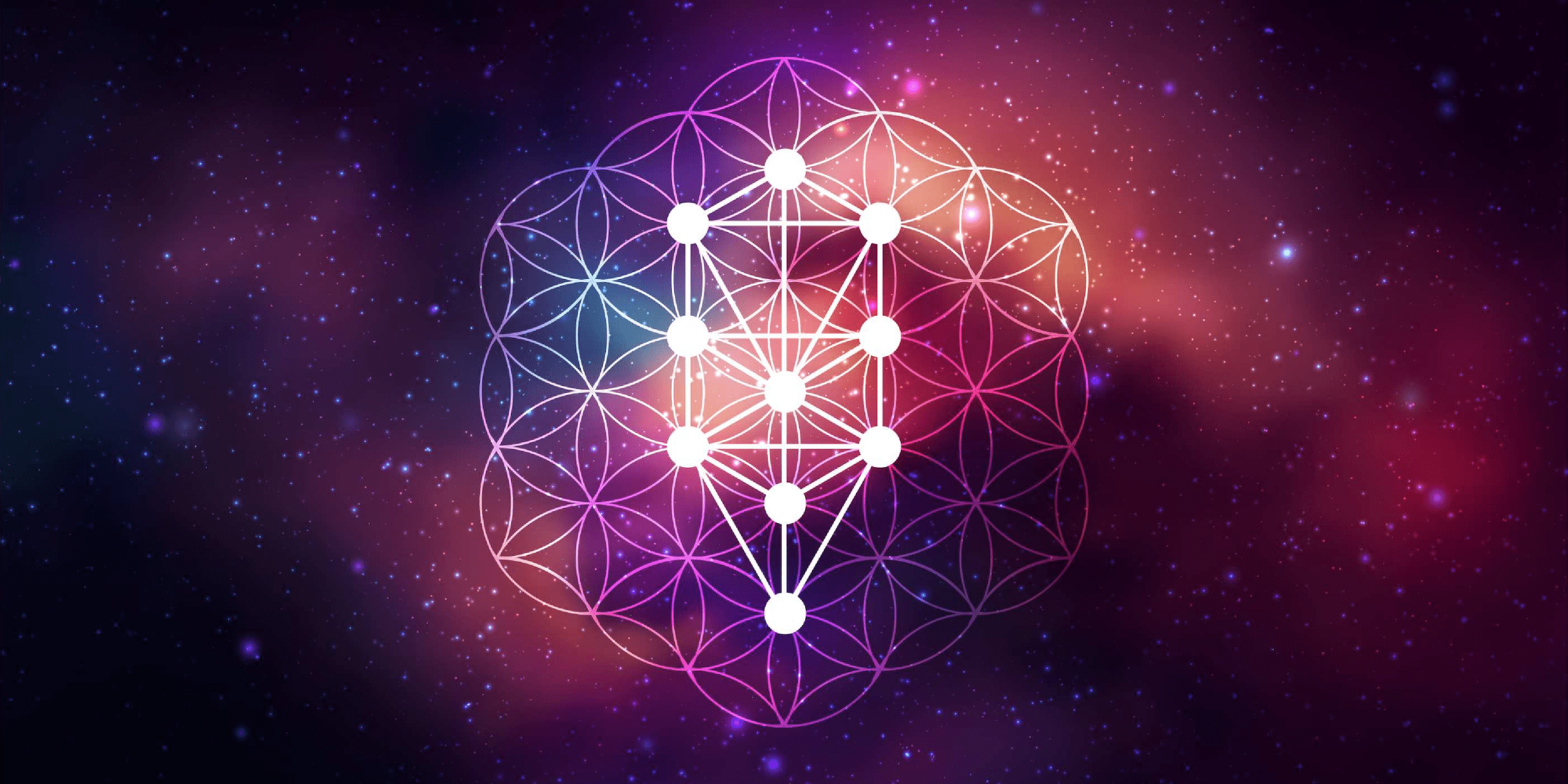Superpowers may be real and science needs to study them
Seeing | Humanities | 2024-04-28
What if the humanities would open their horizon to more metaphysical possibilities? Prof. Kripal has written a book about a future in which the humanities study the full human. In these superhumanities, the weird, the psi—in short, the impossible—is taken seriously metaphysically: anomalous phenomena are not only regarded as subjective truths, but also as objective claims about reality.
In his book, Prof. Kripal clearly shows how the nineteenth century ontology of materialism reigns in almost all of the humanities, which limits our scientific understanding of who we are as humans: there is no transcendence, the individual is nothing but a social body in spacetime, shaped by society. As Prof. Kripal likes to quip: “if there is one dogma in the humanities, it is that the truth has to be depressing.” The humanities need to expand beyond this depressing view, not because it’s depressing, but because it’s simply a half truth. We are conditioned social animals and transcendent beings. We are human and superhuman, as he argues.
Interestingly, the superhumanities can build on the same foundational thinkers as the humanities. When we read the full Friedrich Nietzsche, William James, or Jacques Derrida, for instance, we see that these thinkers very much acknowledged the super. It is only the postmodern reading of their texts in academia that filters out the ecstatic. When it comes to Nietzsche, Prof. Kripal convincingly argues that the ‘crazy’ Nietzsche was perhaps the real Nietzsche, at the pinnacle of his thought. But here’s the thing: did he think his way to the vision of the Übermensch—which later unjustly got contaminated by fascism—or did he somehow receive it as a vision? According to Prof. Kripal, Nietzsche’s vision should be taken much more literally than we now take it: he was talking about an actual superspecies, with superhuman capabilities.
What if the humanities could scientifically investigate what happened when, for instance, Nikola Tesla had the visions that led to groundbreaking inventions? What happened when Einstein saw the principles of general relativity in a dream? Perhaps the key takeaway from Prof. Kripal’s book is that, if the humanities would only dare to turn into the superhumanities, they would again become relevant for the other disciplines in academia.
You can also view this video directly on YouTube.

